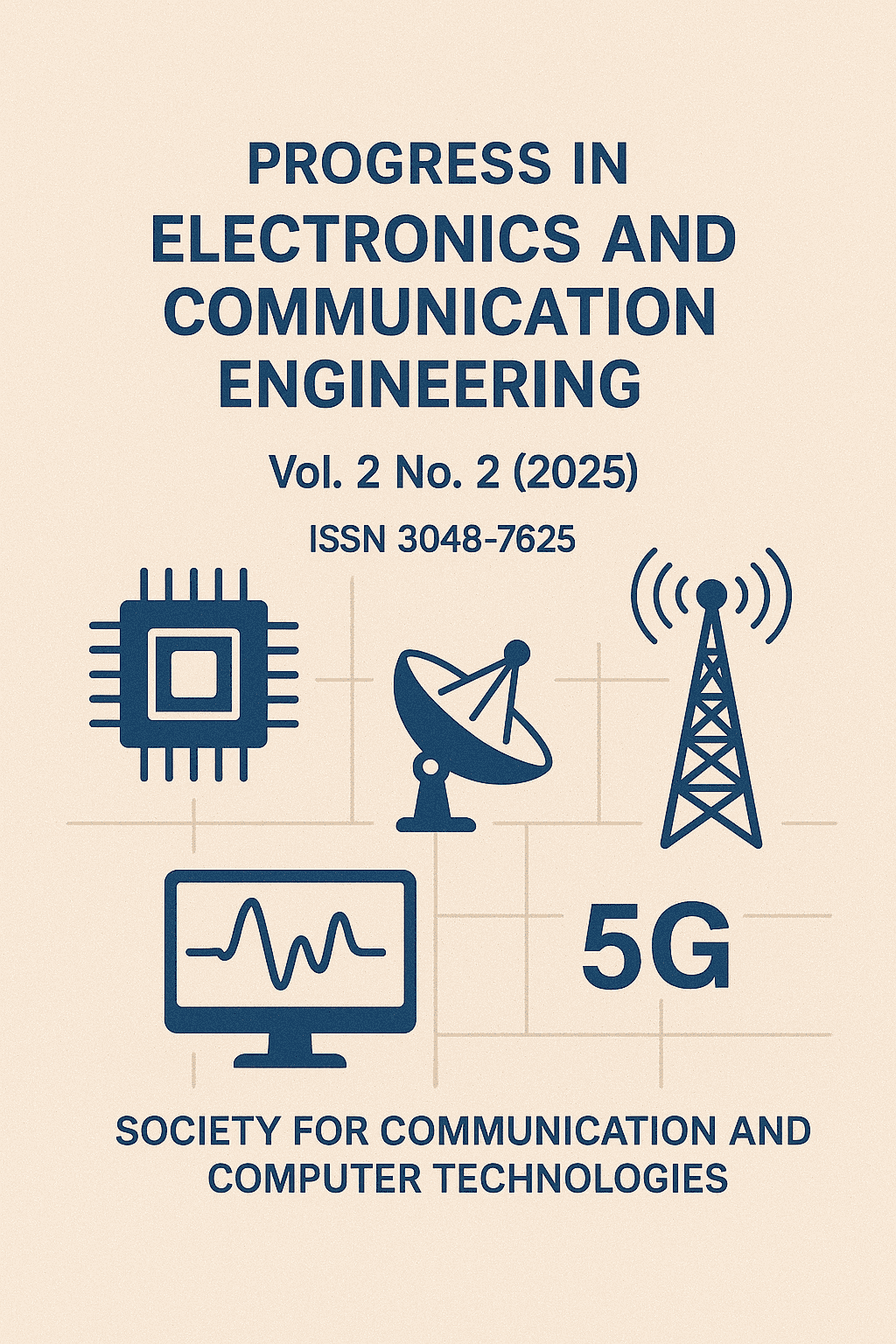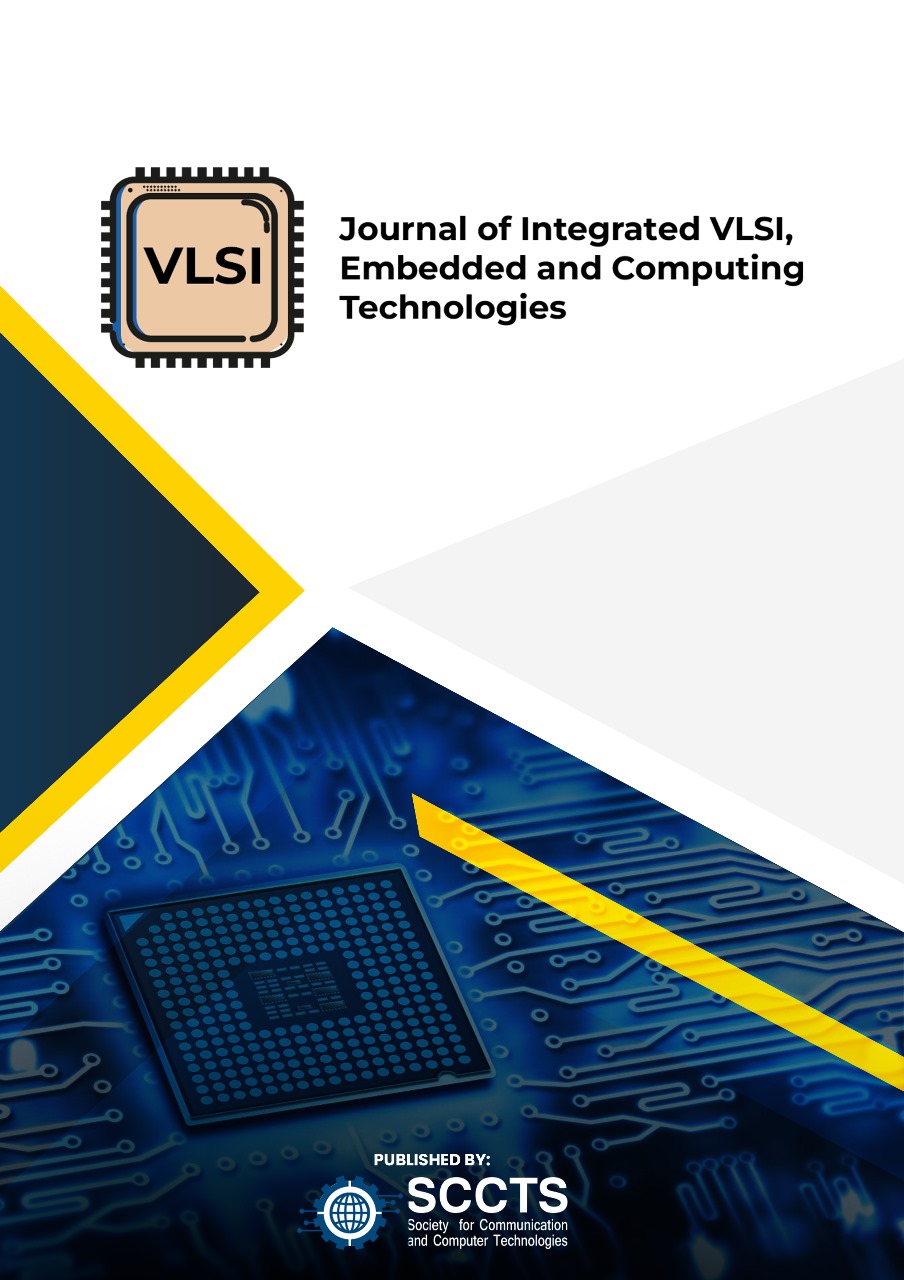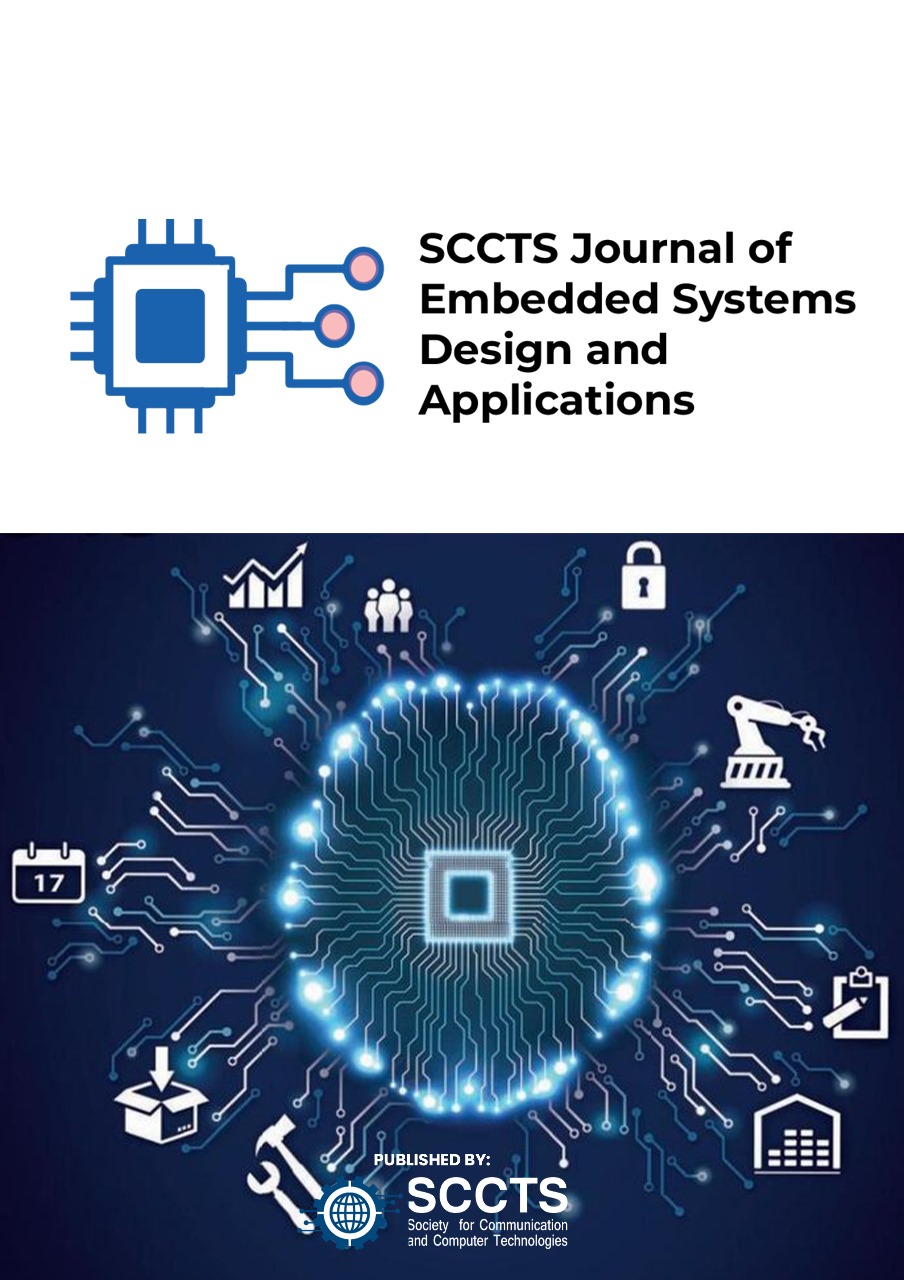Enhancing Industrial Automation Through Lightweight M2M Communication Frameworks in IIoT Systems
DOI:
https://doi.org/10.31838/q9j3a764Keywords:
Industrial Internet of Things (IIoT); Machine-to-Machine (M2M) Communication; Lightweight Protocols; Industrial Automation; MQTT; CoAP; LwM2M; Edge Computing; Semantic Compression; Adaptive QoS; Context-Aware Routing; Cyber-Physical Systems; Real-Time Communication; Energy Efficiency; Smart Manufacturing.Abstract
The blistering development of the fourth Industrial Revolution has enhanced the absorption of smart digital technology in the physical industrial practises that essentially change the level of efficiency in operational, scalably automate the processes, and make decisions based on information. The key to this development is The Industrial Internet of Things (IIoT), where machine-to-machine (M2M) communication allows real-time communication among heterogeneous devices and sensors, actuators, and cyber-physical systems. In spite of its importance, M2M communication systems still have serious challenges, such as, a large communication overhead, non-deterministic delay, low adaptability, and large protocol stacks which cannot be supported by energy limited industrial devices. The solution to these shortcomings is that lightweight communication solutions are needed that can support the dynamic workloads, provide deterministic response time, and have an industrial-grade reliability. In this study, the authors have conducted an in-depth study of lightweight M2M communication protocols, including MQTT, CoAP, LwM2M, AMQP, and DDS, and analysed them in real IIoT scenarios to determine their performance in latency, energy usage, scalability, and reliability. The paper also presents the most important architectural bottlenecks of the traditional M2M systems and presents a new Hybrid Adaptive Lightweight M2M (HAL-M2M) architecture which uses edge-assisted processing, semantic data compression, adaptive Quality of Service (QoS), and context-aware routing to streamline industrial communication flows. The proposed architecture is smart enough to reduce unnecessary transmission, increase real-time through local device inference and provide resilient connectivity despite occupying a densely deployed device layout. The suitability of the proposed approach is proven by the effectiveness of extensive simulations performed with the help of NS-3 and MATLAB that reveals the effect of 38 percentage points of communication efficiency improvement, end-to-end latency reduction by 40, and decreasing energy consumption by 32 percent relative to the traditional M2M systems. These findings confirm the presence of lightweight, adaptive, and intelligent communication models in the next-generation industrial automation to achieve next-generation industrial automation and improve the process of Industry 5.0 at any scale.Downloads
Published
2025-09-18
Issue
Section
Articles
How to Cite
Jinfe Regash, & Tasil Leyene. (2025). Enhancing Industrial Automation Through Lightweight M2M Communication Frameworks in IIoT Systems. Progress in Electronics and Communication Engineering, 2(2), 112-119. https://doi.org/10.31838/q9j3a764


















